WARNING: NSFW / graphic content below.
It has been over four months since my most recent surgery (March 1, 2016) and three and a half years since I had my prophylactic bilateral mastectomy. As I’ve said before, I have no regrets and am glad that I made the decision to undertake this journey. The last few years have not been easy, but it has all been worth it!
Things look great! I would even dare to say they are perfect (see photo below). Of course, there are little things here and there; we are our own worst critic. For example: I lost part of my nipple to necrosis, which resulted in loss of pigment, so I’ve been considering a 3D nipple tattoo to fill that in. In all honesty though, after the complications I’ve dealt with and how long this has taken, I am ecstatic about the outcome!
I’m in a great place in all aspects of my life:
- This is all finally behind me and I’m happy to say I’ve had nothing but love and support from my husband, family, and all those around me (including you!).
- On a personal level: hub and I are about to celebrate 10 years of marriage and 20 years together, we’ve traveled a bit this year and will be going to Ireland as well as the motherland to see my family in September AND the FORCE conference in Orlando in October, I chopped off some of my long hair and am slowly making my way to blonde (I love it!), and I lost the 15 pounds I gained over the last three+ years.
- On the work front: I love my job, which allows me to work from home, and I’m about to dive into a really exciting business opportunity (more details later).
It’s easy to say things are great when they really are great, but if you’ve been reading my blog for a bit, you may know that I’m a firm believer that your attitude really is everything. My anthem has been These Are The Good Old Days by Pink. Even when they were shit days, they were still good days. I had the chance to say NOPE to breast cancer.
Throughout this process, I’ve remained positive and never lost sight of my “why” for doing all this, which was to greatly reduce my risk of developing breast cancer. Although we are BRCA mutation uninformed negative, cancer has been plaguing our family. My sister was just 29 when she died from the disease (I’m 35). My mother was diagnosed with ovarian cancer and died just a little over a year later. My aunt is in remission from colorectal cancer. I’ve been discussing a salpingectomy with my oncologist and will most likely have that procedure before 40 (stay tuned) followed by an oophorectomy after 50. At the end of the day, I am glad I made the decision to be proactive. I will continue to closely monitor my health and make decisions that best address and mitigate my personal risk.
Because “these are the good old days and I think I’d like to stay” – Pink.
The results


 Although the tone of this post may not be entirely positive, I am in a good place. I feel great and still have no regrets about having the PBM. Somebody told me that it wouldn’t be easy and they were right. Totally worth it, though. However, I won’t say I’m done, because I’ve already declared that a couple of times and was wrong. We shall see where this goes. So far everything looks good.
Although the tone of this post may not be entirely positive, I am in a good place. I feel great and still have no regrets about having the PBM. Somebody told me that it wouldn’t be easy and they were right. Totally worth it, though. However, I won’t say I’m done, because I’ve already declared that a couple of times and was wrong. We shall see where this goes. So far everything looks good.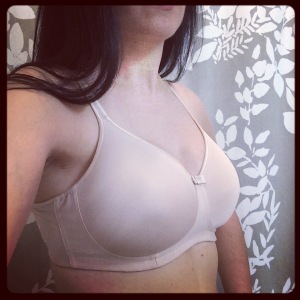

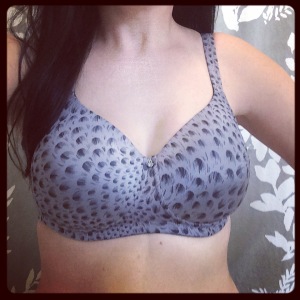

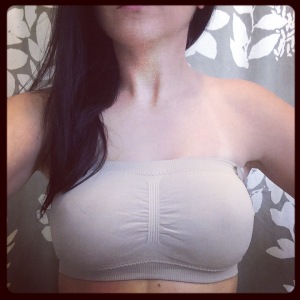
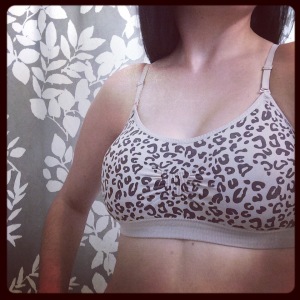

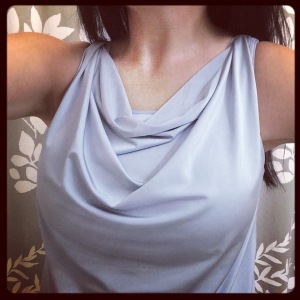
 I never really worried or thought much about cancer … until my sister was diagnosed with breast cancer at the age of 28. At the time, I was 21 years old, naive, in college, worried about what plans I had for the weekend, and didn’t really grasp what that meant. More than ten years later, my sister is gone, my mom is gone (ovarian cancer), my aunt is in treatment for colorectal cancer, my other sister just had her own scare, and although I am BRCA mutation uninformed negative, I underwent a prophylactic bilateral mastectomy and started the breast reconstruction process on January 22, 2013. I said NOPE to breast cancer.
I never really worried or thought much about cancer … until my sister was diagnosed with breast cancer at the age of 28. At the time, I was 21 years old, naive, in college, worried about what plans I had for the weekend, and didn’t really grasp what that meant. More than ten years later, my sister is gone, my mom is gone (ovarian cancer), my aunt is in treatment for colorectal cancer, my other sister just had her own scare, and although I am BRCA mutation uninformed negative, I underwent a prophylactic bilateral mastectomy and started the breast reconstruction process on January 22, 2013. I said NOPE to breast cancer.
 Greetings from NO FUN City
Greetings from NO FUN City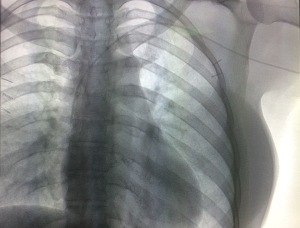


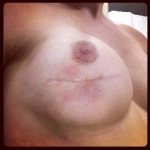

 I’m paranoid at this point, so I check things over a couple of times per day. Two weeks after my exchange surgery, I noticed a
I’m paranoid at this point, so I check things over a couple of times per day. Two weeks after my exchange surgery, I noticed a 






 Tissue expanders, which are like “pre-implants” (pictured on left), are inserted underneath the
Tissue expanders, which are like “pre-implants” (pictured on left), are inserted underneath the 